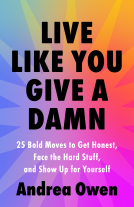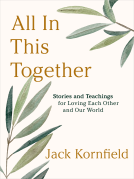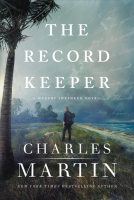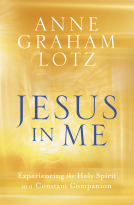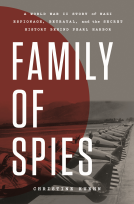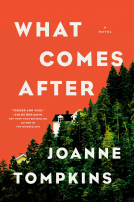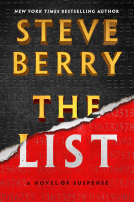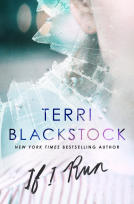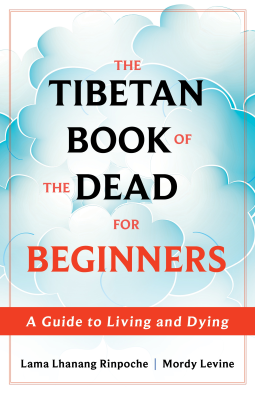
The Tibetan Book of the Dead for Beginners
A Guide to Living and Dying
by Lama Lhanang Rinpoche; Mordy Levine
This title was previously available on NetGalley and is now archived.
Send NetGalley books directly to your Kindle or Kindle app
1
To read on a Kindle or Kindle app, please add kindle@netgalley.com as an approved email address to receive files in your Amazon account. Click here for step-by-step instructions.
2
Also find your Kindle email address within your Amazon account, and enter it here.
Pub Date Jun 27 2023 | Archive Date Jun 30 2023
Sounds True Publishing | St. Martin's Essentials / Sounds True
Talking about this book? Use #TheTibetanBookoftheDeadforBeginners #NetGalley. More hashtag tips!
Description
A Spirituality & Practice Best Spiritual Book of 2023
Enduring and accessible advice for living with wisdom and compassion―and meeting the end of life with courage and peace
Through countless editions and across centuries, The Tibetan Book of the Dead has drawn readers intrigued by the Tibetan Buddhist view of the end of life. In a world that often ignores death or hides it from view, Tibetan Buddhists acknowledge it as the last of a countless series of endings in this lifetime. And after each ending comes a new beginning. The Tibetan Book of the Dead for Beginners draws on this timeless wisdom to help readers today live with more joy and approach the end with more ease.
Lama Lhanang Rinpoche, born and raised in Tibet and now teaching in the United States and internationally, partners with student and meditation teacher Mordy Levine to share teachings inspired by The Tibetan Book of the Dead. They make clear that “how we live is how we will die.” The book explores karma, impermanence, the bardos (or the “in-between”), and what happens next, sharing accessible practices to cultivate wisdom and compassion along the way. With empathy and warmth, Lama Lhanang and Levine offer support for readers grappling with their own mortality and those caring for loved ones transitioning from this lifetime.
The Tibetan Book of the Dead for Beginners helps readers cultivate courage and embrace the unknown―not just in the final days, but every day.
Available Editions
| EDITION | Other Format |
| ISBN | 9781649631329 |
| PRICE | $18.99 (USD) |
| PAGES | 112 |
Available on NetGalley
Average rating from 8 members
Featured Reviews
 Janet I, Reviewer
Janet I, Reviewer
This lovely little book is a commentary on the Tibetan Buddhist sacred text, the book of the Dead. The Tibetan Buddhist approach to death We acknowledged that the prospect of death motivates us to live a happy life. Living with joy enables us to approach death with confidence and ease. Death becomes a smooth, natural and peaceful process as we transition into our next reincarnation. Discusses karma, our sense of self, bardos ((intermediate states between death and consciousness), dealing with a dying person, death practices (prowa) , and developing wisdom. This book should be read by anyone dealing with a dying loved one
A very well done book on an interesting subject. It walks the read through all the thoughts and teachings in a well constructed yet easy to read manner.
 Kathy F, Reviewer
Kathy F, Reviewer
This highly readable, interesting, and informative book shares wisdom on death, dying, and preparation for rebirth of the consciousness from the perspective of Tibetan Buddhism.
I have always been curious about The Tibetan Book of the Dead and when I saw this "for Beginners" version, I knew I had to read it. I'm glad I did! This has whetted my desire to learn more.
My sincere thanks to Sounds True Publishing for permitting me to access a DRC via NetGalley. This paperback version is scheduled to be released on 6/27/23. All opinions expressed in this review are my own and are freely given.
 Judy D, Reviewer
Judy D, Reviewer
This book fascinated me. I had heard about The Tibetan Book of the Dead for years and found the title intriguing but I had never really investigated it, so I thought this book for beginners would give me a good overview of the 8th century text - and it did I think. The book is basically a set of teachings that will help a dying person pass from death to one of the bardos (the state between life and death) and into rebirth. I found the principles apply to any religion and could help anyone in their life of with their death. The teachings could apply to anything and stress compassion, wisdom, kindness and meditation so that you can live in the present and clear your thoughts to focus on what is happening now. Short prayers and mantras are given as well as examples of certain situations. I found the book enlightening. Certainly a different view of death than what I am familiar with.
Thanks to Sounds True Publishing through Netgalley for an advance copy. This book will be published on June 27, 2023.
 Anna L, Librarian
Anna L, Librarian
The Tibetan Book of the Dead is the most famous Buddhist text in the West, selling more than a million copies since it was first published in English in 1927. What is this book about? The Tibetan Book of the Dead for Beginners discusses the details of the after-death state and is considered a guide to living and dying as originally taught by the master from Oddiyana, Padmasambhava. He, along with others, established Buddhism in Tibet during the eighth century and most Tibetans consider him as a "second Buddha". There is discussion on the consciousness that continues to exist between one life and the next and how a person’s life and surviving loved ones can influence it through meditation and prayer. A chapter talks about mindfulness and meditation practices for attaining compassion and wisdom, the keys to a good life, and rebirth. A section covers how to support the dying, helping distant loved ones, and preparing for a good death, finally, ending with a discussion of rebirth as a natural phenomenon. There are many helpful insights into the subject of death and dying no matter what one’s religious beliefs are. In general, this book is an empowering guide to Buddhist philosophy and practices on death and dying.
